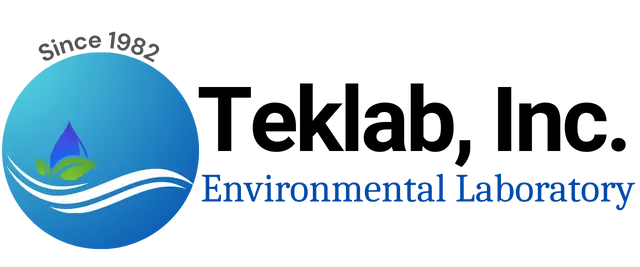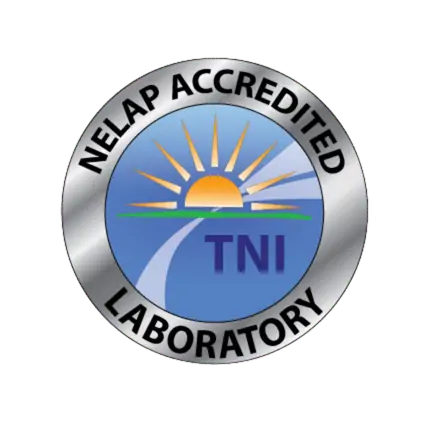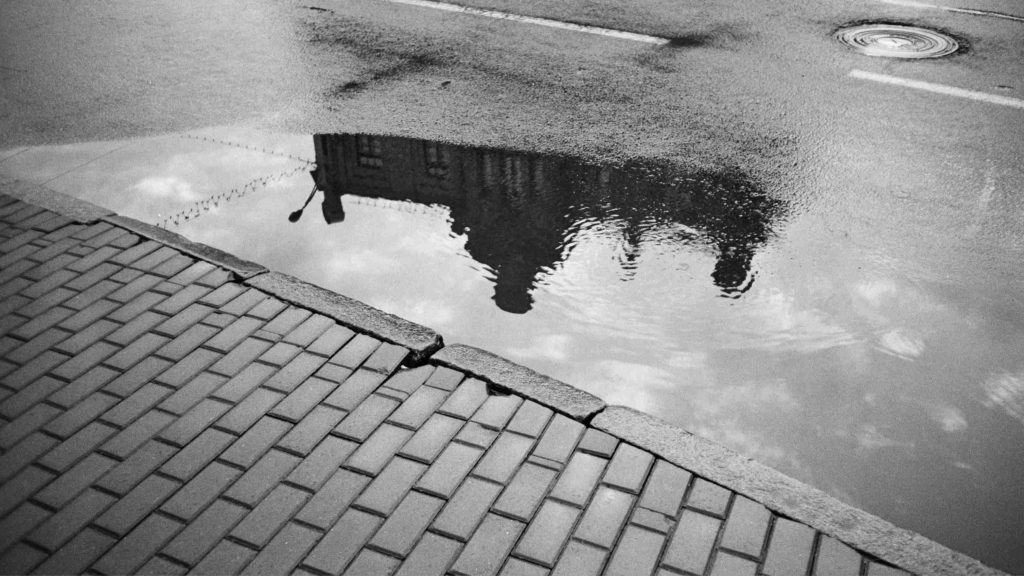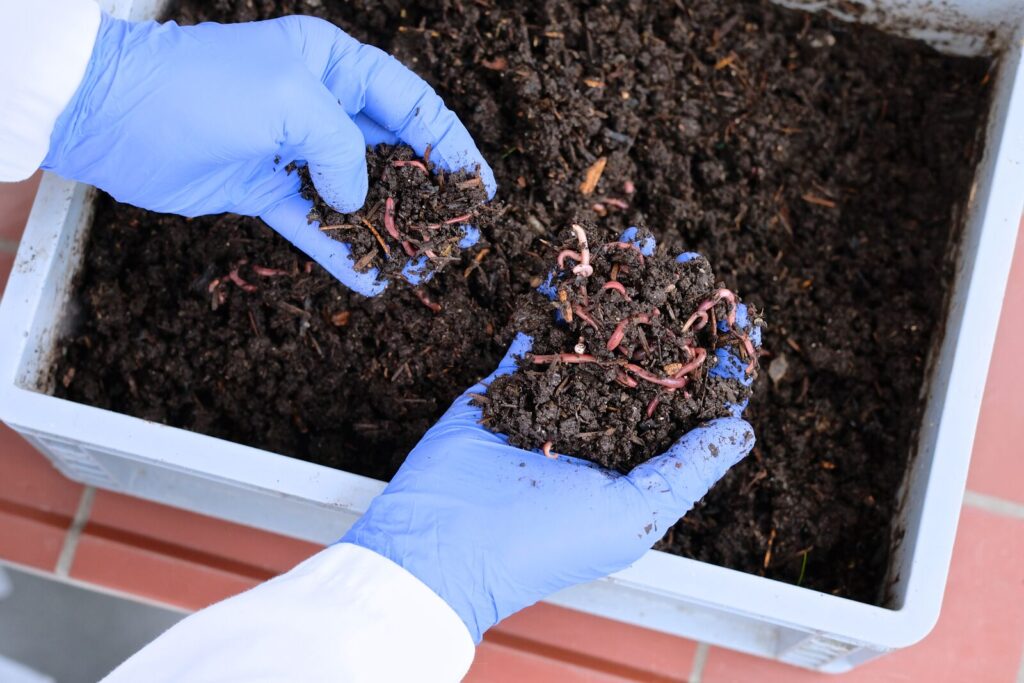Guide to Drinking Water Sample Collection:
This guide provides detailed instructions for collecting drinking water samples for lead analysis, ensuring accurate and reliable results. Please follow these steps carefully to comply with Illinois regulatory requirements and obtain the most representative samples.
📌Important Note: Two sample containers are required for each sampling point: a “1st draw” and a “2nd draw.”
Key Requirements Before Sampling:
1.First Draw (Stagnant) Sample:
- The sample location (faucet, fountain, etc.) must remain unused for a minimum of 8 hours and a maximum of 18 hours before collecting the 1st draw sample. This is an Illinois regulatory requirement to capture potential lead leaching from plumbing.
- Record Keeping is Crucial: Meticulously record the date and time the sample location was last used. This information is essential for accurate interpretation of the results.
2.Second Draw (Flushed) Sample:
- The 2nd draw sample is collected immediately after the 1st draw sample, following a 30-second flush of the water.
Sample Collection Procedure
First Draw Sample Collection (Capturing Stagnant Water)
1. Preparation:
- Do NOT Remove Aerators or Screens: Leave aerators and screens on the faucets. Removing them can disturb sediment and affect the sample’s representativeness.
- Labeling: Clearly label the first draw sample container with a unique Sample ID. Use a permanent marker that won’t smudge or fade.
2. Sample Acquisition:
- Carefully Open the Container: Remove the lid of the container with care to avoid any contamination. Do not touch the inside of the lid or the container opening.
- Collect the Sample: Place the container directly under the faucet. Gently start the water flow, avoiding splashing. Fill the container to the threads or neck, leaving a small air gap at the top.
- Secure the Container: Stop the water flow and carefully cap the container tightly to prevent leakage.
3. Record Keeping:
- Date and Time: Immediately label the container with the exact date and time of collection.
Second Draw Sample Collection (After Flushing)
1. Preparation:
- Labeling: Label the second draw sample container with the appropriate Sample ID, clearly distinguishing it from the first draw sample.
2. Flushing:
- Run Water for 30 Seconds: Allow the water to run for a full 30 seconds before collecting the second draw sample. This flush helps to clear water that has been in immediate contact with the faucet.
3. Sample Acquisition:
- Follow First Draw Procedure: After the 30-second flush, follow the exact same steps as outlined for the first draw sample collection.
4. Storage:
- Secure Both Samples: Place both the first and second draw samples for the same location into the provided resealable bag. This helps to keep them together and prevents leaks from contaminating other samples.
Chain of Custody Preparation
The Chain of Custody (COC) form is a critical document that tracks the sample from collection to analysis. It must be completed both accurately and thoroughly.
Before Shipping:
1. Client Information:
- Complete the “Client Information” section with the school/district name, address, and contact information (name, phone number, email).
2. Project Details:
- Answer all listed questions on the COC form.
- Note the sample container size (important for lab analysis).
- Provide a clear project name (e.g., “School Lead Testing – Summer 2024”).
- Include the sample collector’s name and signature.
- Indicate the requested turnaround time (standard or rush).
3. Sample Identification:
- List each sample on a new line in the “Sample Identification” column. Be specific with the location/designation (e.g., “Main Office Sink,” “Cafeteria Fountain”).
- Record the exact sample collection date and time for each sample.
- Specify the container type as “1 – UNP” (one unpreserved container).
- Indicate the matrix as “Drinking Water.”
- In the “Analysis” column, check the “Lead” box for each sample.
4. Numeric Sample IDs:
- If you are using numeric sample IDs (e.g., 001, 002, 003), you must include a separate sampling plan document that clearly links each numeric ID to the specific sample location. This is essential for accurate reporting.
5. Delivery Timeline:
- Samples should arrive at the lab within 7 days of collection to ensure accurate results.
Shipping Instructions:
- Secure Containers: Double-check that all sample containers are tightly capped to prevent leakage during transit.
- Bagging: Place the re-sealable baggies containing the paired first and second draw samples into a larger bag. This provides an extra layer of protection.
- Packaging: Securely pack the bagged samples in a box or cooler to prevent damage during shipping. Use packing material (bubble wrap, packing peanuts) to cushion the samples.
- Chain of Custody: Place the completed and signed chain of custody form (in a separate re-sealable baggie to protect it from moisture) inside the box or cooler.
- Shipping Method: Ship the samples via your preferred carrier (e.g., FedEx, UPS, USPS). Consider using overnight or expedited shipping to ensure timely delivery.
In-Person Delivery:
- Secure Containers: Ensure all containers are tightly capped.
- Packaging: Place samples in the box or cooler provided by Teklab.
- Chain of Custody: Upon arrival at the lab, you will sign the chain of custody form with the receiving staff to acknowledge the transfer of custody.
For more in-depth instructions on collecting samples for compliance, please review the EPA document: 3Ts for Reducing Lead in Drinking Water in Schools (USEPA).
Have Questions? Need a Quote?
If you are wanting further information or clarification on our services at Teklab, contact Liz Hurley for a price quote or more details:
Email: [email protected]
Toll-Free: (877) 344-1003 ext. 33





